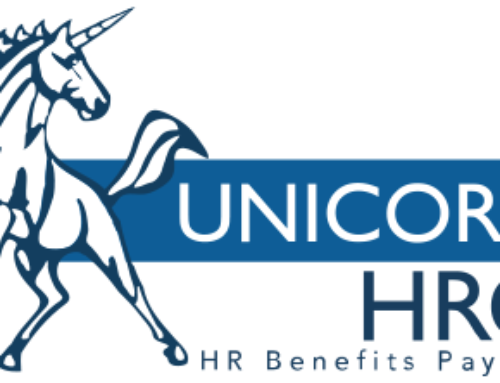If ever an organization ranked its various departments in terms of administrative complexities, then surely HR would be near the top of the list. From hiring to retiring and everything in between, HR is deluged with process requirements that can be cumbersome to manage and subject to human error when done manually. Adding to the complexity are legislative rules and regulations which an employer must comply with or risk penalty. Overall, the situation can be quite involved.
By leveraging the power of cloud technologies, specifically SaaS-based solutions and mobility, HR departments can transform the chaos of day-to-day operations and more efficiently manage all aspects of the employee life cycle. These technologies comprise automation capabilities that eliminate manual and paper-based processes, delivering key advantages in three important areas of operations.
Program Administration
A cloud-based HR business model creates efficiencies by simplifying and automating virtually every process associated with employee lifecycle management. Complex payroll wages (i.e. overtime, garnishments, etc.) are conveniently calculated and tax computations and reporting are completed with ease. The processes of aggregating and analyzing attendance and production data, staff schedules, benefit accruals, and time tracking records are simplified When integrated with the various HR and business applications, processes are all synchronized to ensure timeliness and accuracy.
Perhaps one of the most complex of the many administrative processes is managing benefits, and this is where cloud-based automated solutions really shine.
Managing employee benefits involves overseeing a variety of different processes, including medical insurance, retirement accounts, pensions, FSA, COBRA administration and even HSA. HR staff is further challenged with staying compliant with evolving ACA needs, adhering to budgets and ensuring benefit strategies are updated to remain competitive in the marketplace.
Employing the appropriate technologies, such as centralized platforms, can link benefit enrollment with HR and payroll. This results in a simplified process for benefits administration and helps to ensure compliance.
Employee Engagement
This is a hot topic! Issues such as low unemployment, work/life balance and mobility opportunities have HR professionals scrambling to find attractive and viable solutions that will foster employee satisfaction and retention.
High on the list is autonomous control. A recently published article in SAGE Journal based on a study of more than 2,000 people across three continents found that “people were nearly two and a half times more likely to take a job that gave them more autonomy than they were to want a job that gave them more influence.” These studies have been duplicated with similar results suggesting that autonomy can serve as a foundation for effective employee engagement.
Communication is another employee engagement solution. Ongoing performance feedback, coaching/mentoring and employee surveys, along with career development programs, are all opportunities to communicate with and better understand your workforce. HR professionals play an important role in ensuring the success of these and other employee engagement initiatives.
One avenue for doing so is by providing a framework for employee self-service capabilities via online or mobile technology. Employees can have access to view and update their own personal data, including viewing check stubs, enrolling in benefits, and checking time-off balances. Combining these features on a single platform with automated capabilities can help to reduce turnover while increasing employee satisfaction and productivity.
Bottom Line Profitability
According to the Bureau of Labor Statistics, health care coverage is the largest employee-related expense for U.S. employers; the management of these costs continues to be a priority. Activities directed by HR to help manage health care costs include educational/wellness programs, offering consumer-directed health plans and rolling out FSA, HRA and HSA accounts.
Along with addressing health care costs, the decisions made by human resources can show a significant bottom line return. Using technology to allow employees to pursue e-learning, make and change benefit options, get answers to financial questions, and manage performance will reduce the time spent by staff and help to cut costs.
This broad range of human capital management practices, enhanced with the use of single platform, automated technology, helps to answer the question of how to bring order to chaos in today’s HR environment.



